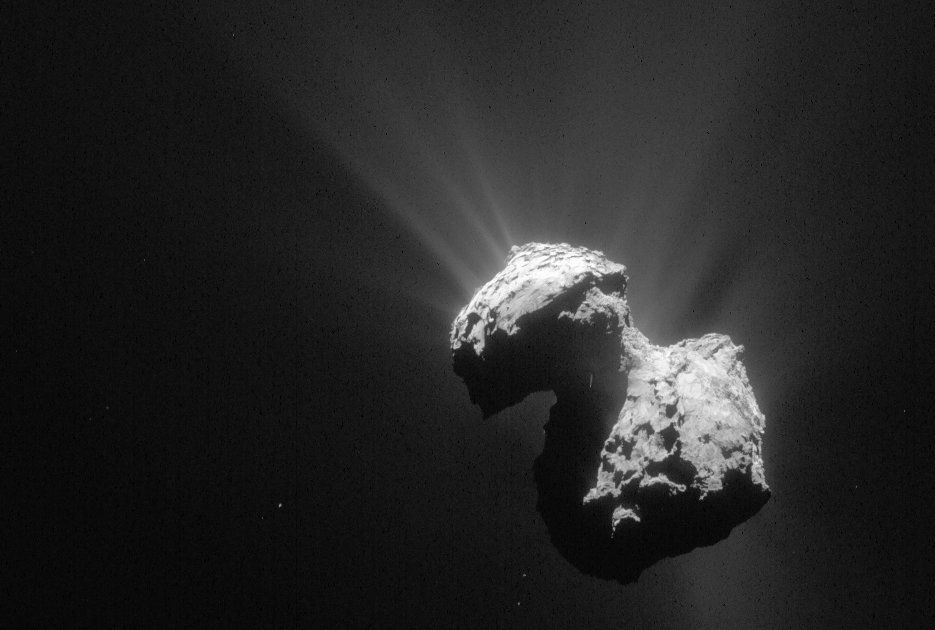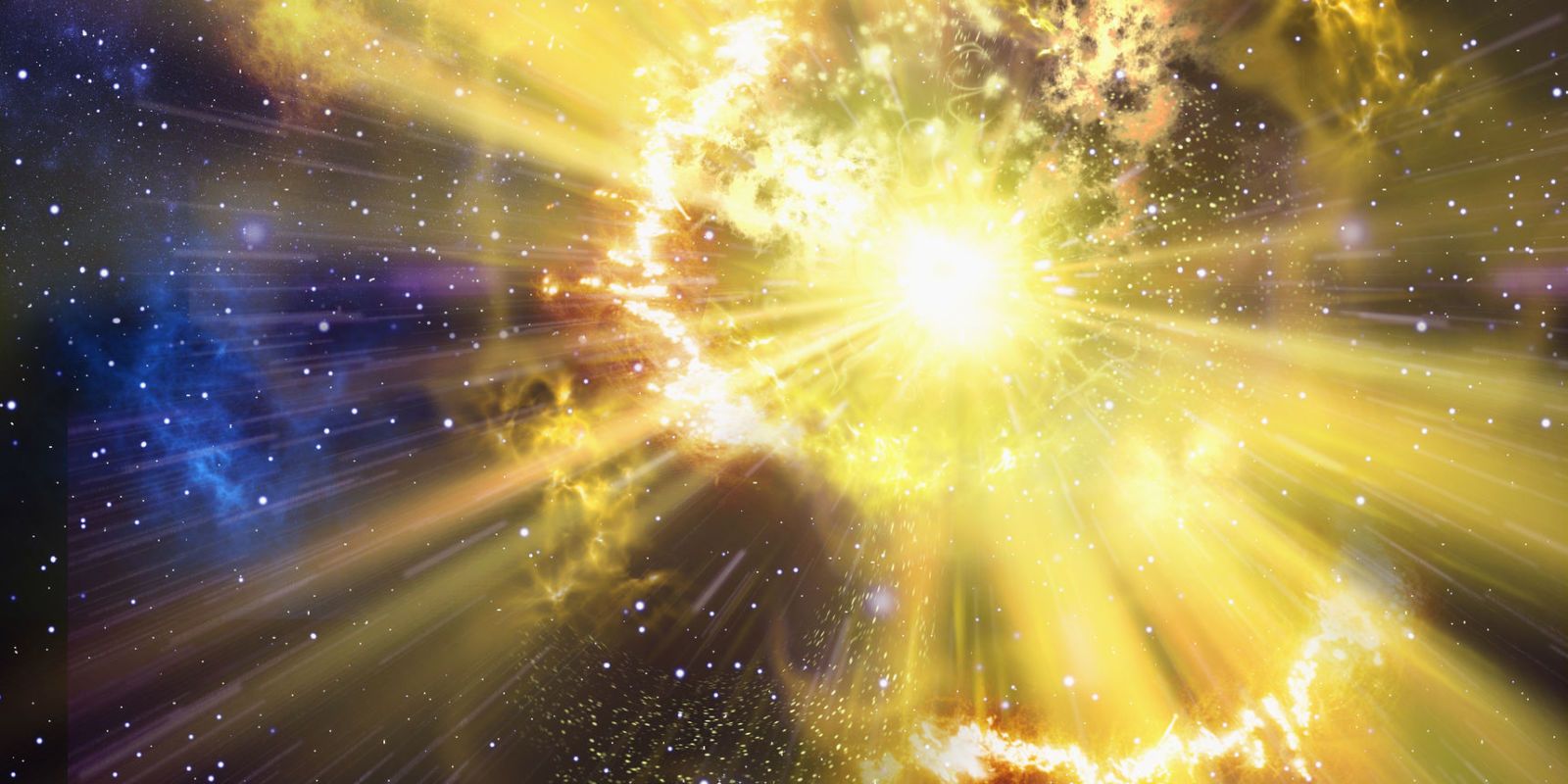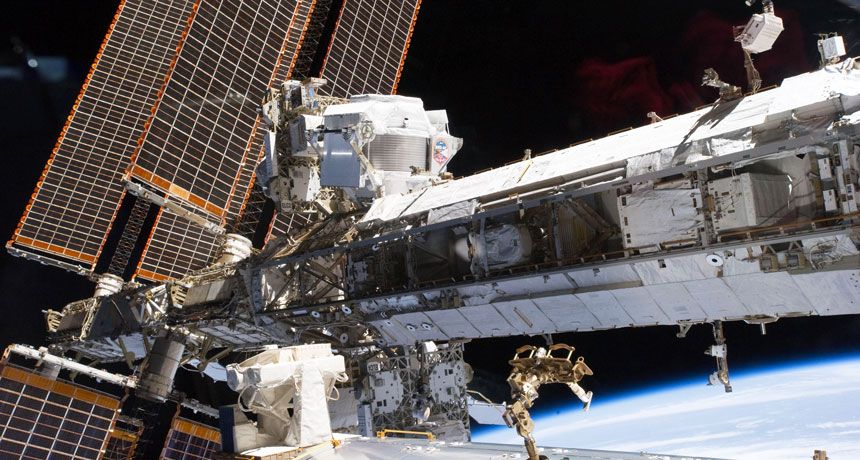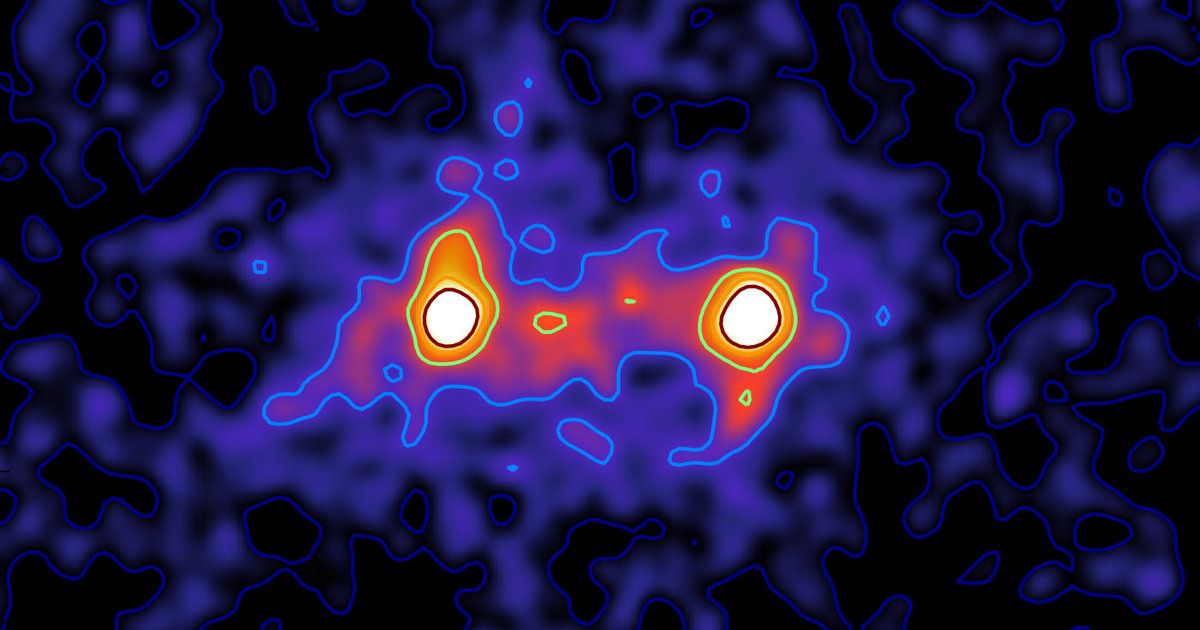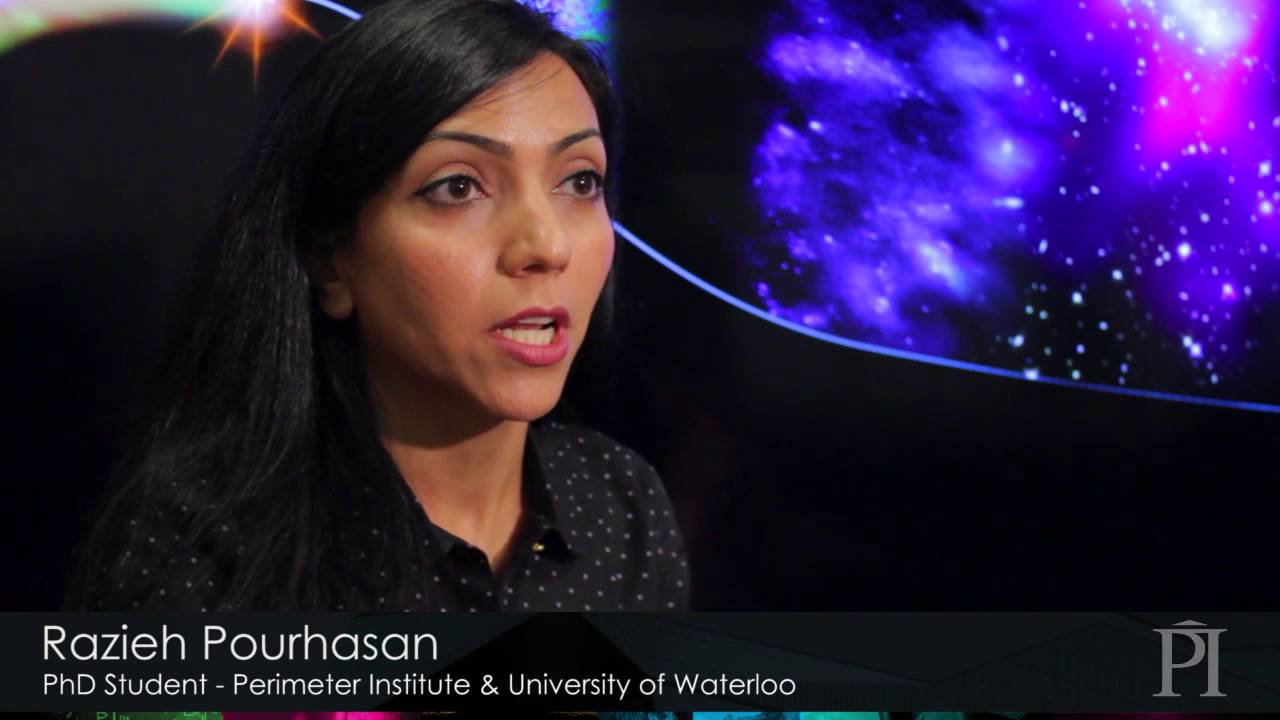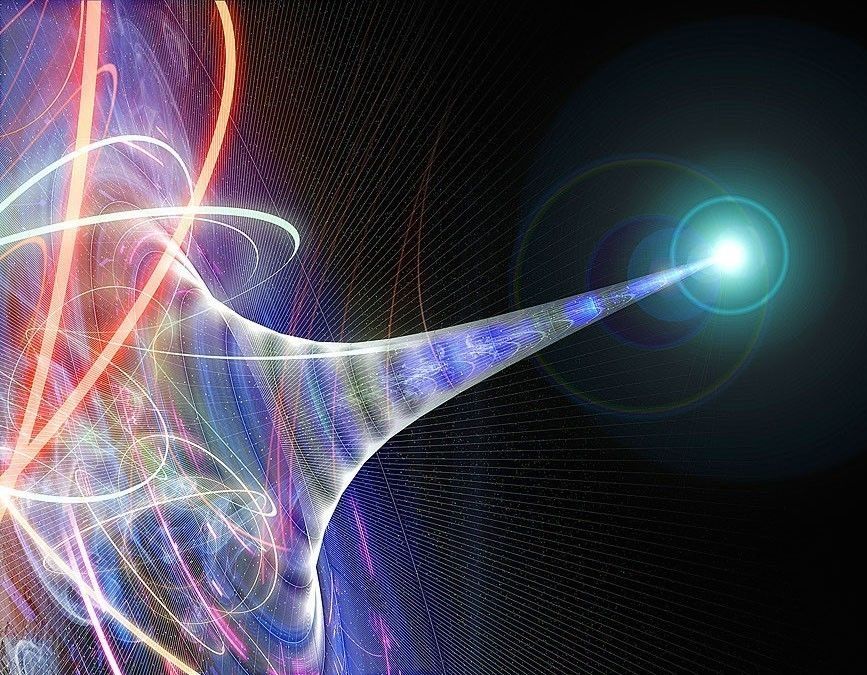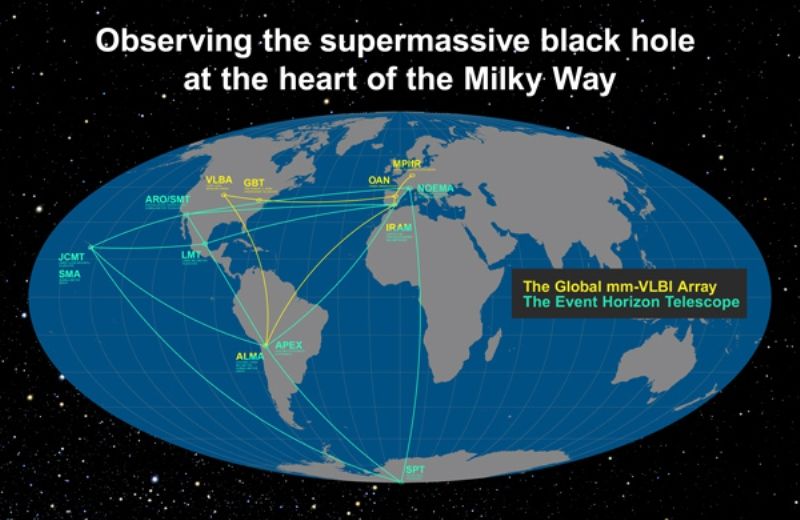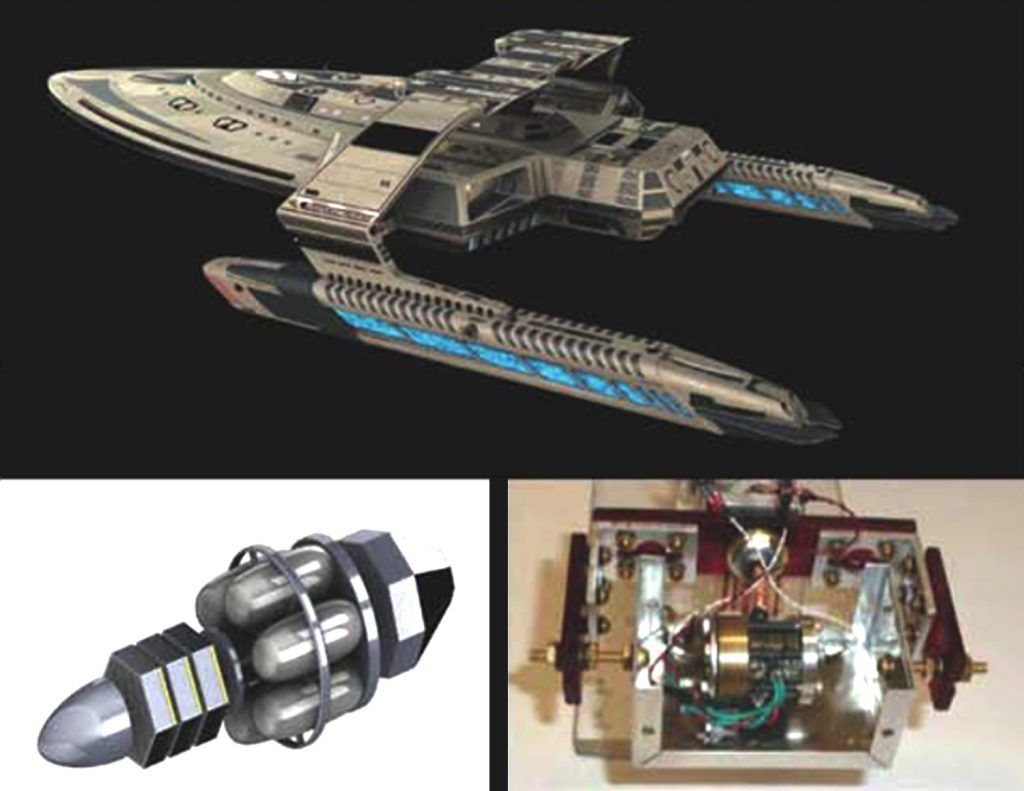May 12, 2017
Comet 67P Found to Be Producing Its Own Oxygen in Deep Space
Posted by Carse Peel in categories: cosmology, evolution
RELATED: Building Blocks for Life Found in Rosetta’s Comet
“Understanding the origin of molecular oxygen in space is important for the evolution of the Universe and the origin of life on Earth,” the researchers wrote.
The finding muddies the waters in how detecting oxygen in the atmospheres of exoplanets might not necessarily point to life, as this abiotic process means that oxygen can be produced in space without the need for life. The researchers say this finding might influence how researchers search for signs of life on exoplanets in the future.
Continue reading “Comet 67P Found to Be Producing Its Own Oxygen in Deep Space” »
